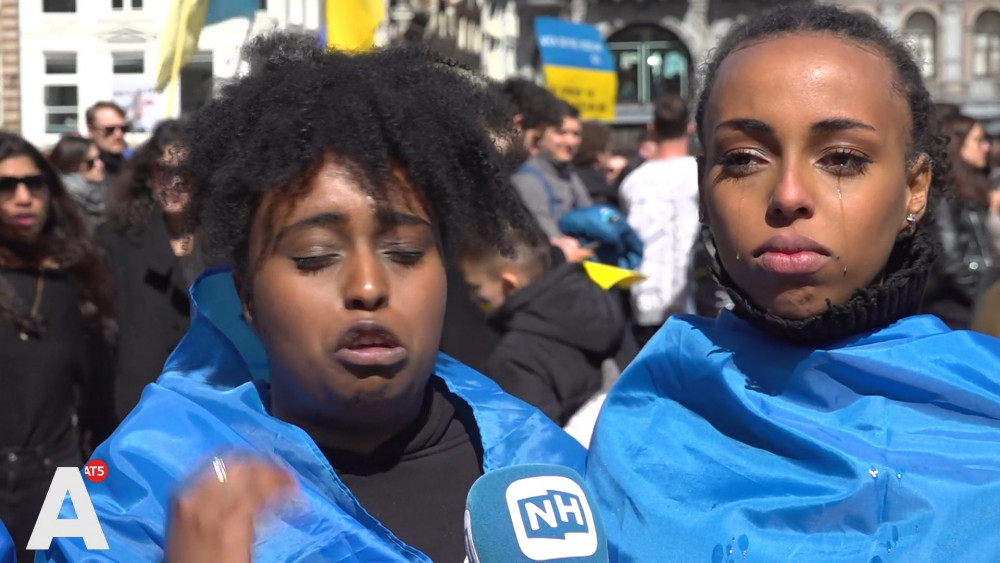3:35 p.m., April 10, 2022
With a little political goodwill, the daily life of Ile-de-France residents could be significantly improved by acting on the transport of goods and last-mile delivery. Jean-Michel Genestier is convinced of this. Adviser delegated to metropolitan logistics within the metropolis of Greater Paris (MGP), the DVD mayor of Raincy (Seine-Saint-Denis) knows his business, as a former senior executive of SNCF Geodis. At a time of conquering e‑commerce and the revolution in consumption patterns, he strongly defends the transport of goods by river and the harmonization of delivery rules in the heart of cities. He discloses to the JDD an initiative in this direction.
On Thursday, the MGP launched a call for expression of interest (AMI) for “develop carbon-free urban logistics on the Seine axis”, in partnership with the City of Paris, the Rouen Normandy metropolitan area and Le Havre Seine Métropole, as well as with Haropa (bringing together the ports of Le Havre, Rouen and Paris), Voies navigables de France (VNF) and the Atelier parisien planning (Apur). These partners work hand in hand despite their political differences. They have made available 34 sites along the river – including 28 in Greater Paris – which will be able to accommodate the winning projects. The organizers expect innovative solutions to unload goods more easily in urban centres, standardize containers, encourage electric boats or cycle logistics. This AMI will give rise to a Call for projects this fall.
4 million heavy goods vehicles could be avoided
« Since the end of the 1960s, the quantity of goods transported on the Seine has been divided by threedeplores Jean-Michel Genestier. A large barge can move 3,500 tons, the equivalent of 140 trucks. » In other words, the river, on which 21 million tonnes of goods are transported every year, avoids more than 1 million heavy goods vehicles. This figure could be multiplied by four. Today, only 7 to 8% of freight between Le Havre and Paris passes by the Seine (85% by road, the rest by train). The goal ” ambitious “ of the PGM is to reach the “12 to 14% in five years”.
Read also – Buried for almost seventy years, the Bièvre finds its bed in the Val-de-Marne
Admittedly, river transport is slower – 15 km/h, twenty-five hours to connect Le Havre to Gennevilliers – and more expensive. But the advantages are numerous, pleads the elected representative of Seine-Saint-Denis. Starting with the “ecological assets” : per tonne transported, barges consume five times less fuel than trucks and emit up to five times less CO2. Not to mention the reduction of noise pollution or those related to road congestion. So many arguments that encourage certain companies – such as Franprix or Ikea – to spend a little more, if only for a question of image vis-à-vis their customers.
Jean-Michel Genestier also intends to innovate in last-mile delivery. As part of the Metropolitan Logistics Pact – voted in 2018 and updated last February in an improved post-Covid version – it plans to put in place, by the end of 2022, “four geographical areas of 150,000 inhabitants” adjoining Paris: one in Seine-Saint-Denis, one in Val-de-Marne, two in Hauts-de-Seine. In each of them, the mayors undertake to harmonize their police regulations governing the circulation and parking of delivery vehicles. “If the rules and schedules are the same in an area grouping several municipalities, the logisticians organize themselves accordingly and the number of vehicles can decrease by 20%,argues the mayor of Raincy. This will limit traffic jams, horns, and pollution. These four demonstrators are intended to be imitated in metropolitan France. »
–


